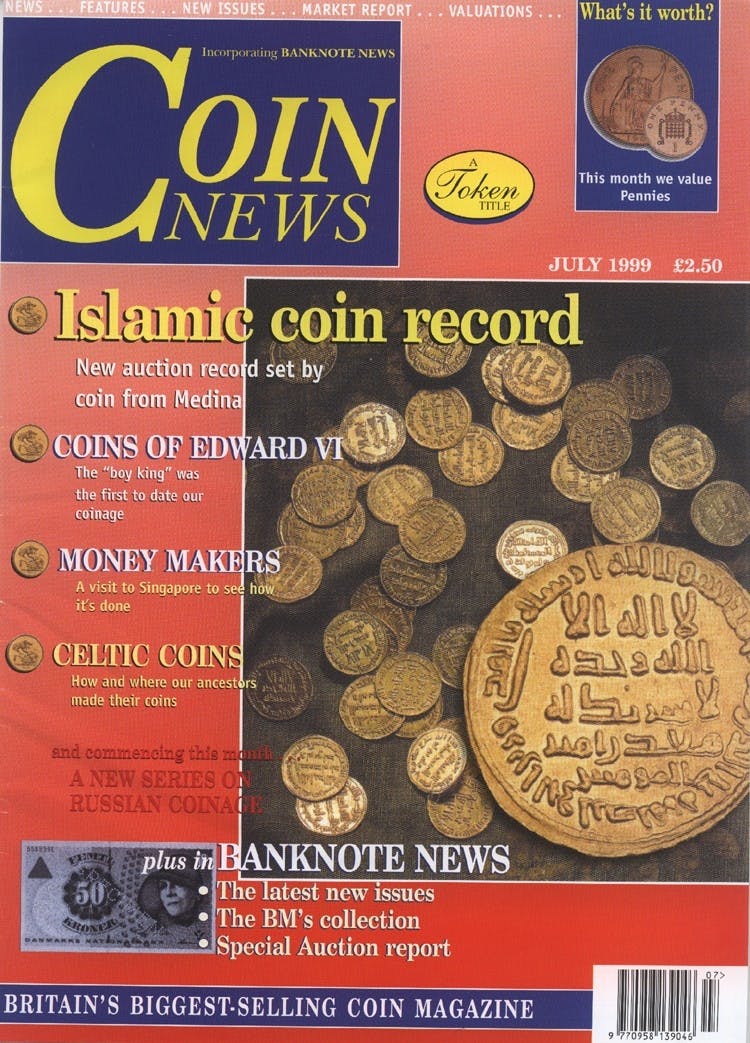After Glasnost
Volume 36, Number 7, July 1999
JUST ten years ago, the face of eastern Europe changed utterly. Mikhail Gorbachev started the remarkable chain of events when he realised that Communism had failed, and that the only way that the countries of the eastern block would ever achieve political and economic progress was by a thorough overhaul of the system. . Hungary was the first to read the signals coming from the Kremlin and promptly ditched its ageing old-style Communist leader. Free elections in March 1989 swept the old guard from power. The new government speedily dismantled the barbed wire fence on the border with Austria. This breach in the Iron Curtain enabled thousands of east Germans to flee to the west via Hungary and Austria. By the end of the year the Berlin Wall itself had been demolished and Germany was well on the way to reunification. Communism, which seemed to be entrenched for ever, collapsed like a house of cards in a matter of months. Lech Walesa and Vaclav Havel, dissidents who had been jailed for their protests, found themselves propelled into the presidencies of Poland and Czechoslovakia respectively. In Romania Nicolae and Elena Ceaucescu were executed. In the USSR the first freely elected parliament since 1918 was convened. Many Communists were unseated; even when elected unopposed, they failed to poll the minimum 50 per cent of the vote to retain their seats. Boris Yeltsin, standing against an official Communist candidate, got 89 per cent of the vote. In the Baltic states, Ukraine, the Caucasus and central Asia, the republics clamoured for complete independence. By 1991 the monolithic USSR had crumbled to dust. The face-saving Commonwealth of Independent States never really got off the ground, and the 15 republics of the USSR went their own way. In Russia the Tsarist tricolour replaced the Hammer and Sickle. Needless to say, these startling developments have not been without their numismatic impact. Notaphilists have had a field day. As the former Communist countries struggled to introduce a free market economy and teetered on the verge of bankruptcy, currencies went into free-fall, providing a bonanza of banknotes. The collapse of the rouble, the zloty and the dinar was accompanied by notes of ever more astronomical face value but little real spending power. The rash of new republics grappled with monetary chaos, producing numerous short-lived issues of notes, talons, coupons and vouchers-anything that would pass for currency. Paradoxically it has also been a rich time for the coin collector, even if most of the coins to emerge from eastern Europe in the past decade have been aimed at the export market. The breakup of the USSR, Yugoslavia and Czechoslovakia has resulted in the creation of at least 22 new monetary entities at the last count, a potentially exciting field for the future. It may take time for the dust to settle, but collectors ignore this dramatic area at their peril
Order Back Issue
You can order this item as a back issue, simply click the button below to add it to your shopping basket.

